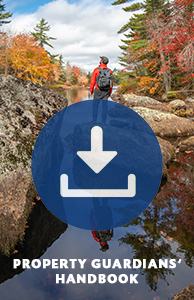Who Are Wilderness Property Guardians?
In 2024 we launched a pilot to expand our Property Guardians program to help volunteers with specialized skills reach our more remote wilderness sites. Like all of our Property Guardians, Wilderness Property Guardians are enthusiastic and conservation-minded volunteers who help care for conservation lands owned or legally protected by the Nature Trust. They visit one or more of our properties on a regular basis in order to monitor our lands, letting the Nature Trust know about any stewardship concerns and helping us understand changes over time.
Wilderness Property Guardians have more advanced outdoor skills and are assigned to monitor more remote or more rugged wilderness sites. In general, Wilderness Property Guardians have:
- Backcountry experience
- High comfort level with bushwhacking or going off-trail, including the ability to navigate based off terrain (for example climbing over or maneuvering around deadfall, or hiking through regenerating forest and wetlands)
- Competence in hike prep and planning (including the ability to read map topography, knowledge of gear selection, etc.)
- Navigation skills (including GPS, compass/map, other)
- High awareness of surroundings
- Problem-solving skills
- Basic first aid skills
Does this sound like you? Read on to see where we need your help! If you’re ready to learn more about becoming a Wilderness Property Guardian, please contact us at volunteer@nsnt.ca or call (902) 425-5263.
Where are Wilderness Property Guardians needed?
We need Wilderness Property Guardians all over Nova Scotia! At the moment, our most urgent needs are in the locations listed below. However, if you are interested in being a Wilderness Property Guardian in other parts of the province, please contact us at volunteer@nsnt.ca or call (902) 425-5263.
Southwest Nova Scotia
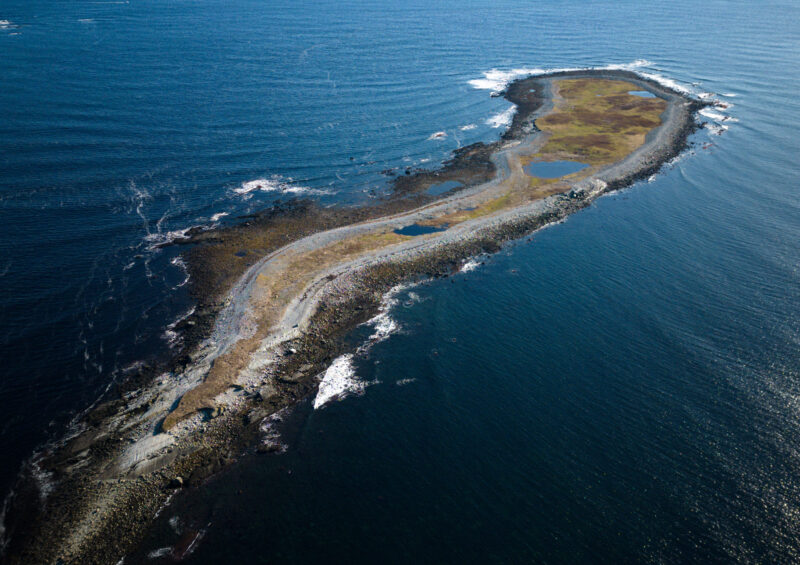
Southwest Nova Coastal Islands
The coastal islands of Southwest Nova Scotia may not seem welcoming to humans, but they are incredibly important to migrating songbirds and shorebirds, and overwintering waterfowl.
Most of these properties can only be accessed by paddling (kayak or canoe) or motorboat. Guardians may need to navigate through collapsed coastal forest/blowdown and regenerating forest. Monitoring must be carefully timed so as not to disturb the bird colonies who nest here.
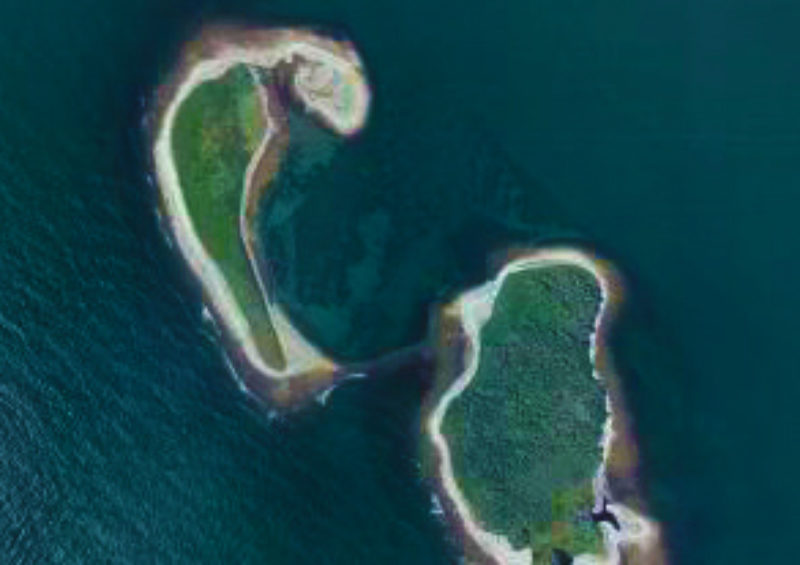
Tusket Islands
The Tusket Islands are globally significant for the conservation and recovery of a variety of bird life. They are in a strategic location along the Atlantic Flyway migration route, where many birds can rest and replenish before their long and arduous journeys across the Bay of Fundy or Gulf of Maine.
Our protected islands in the Tusket Island area are difficult to reach. We are looking for Wilderness Property Guardians who have their own motorboat to reach the cobblestone shores and rugged beaches for monitoring.
Eastern Shore
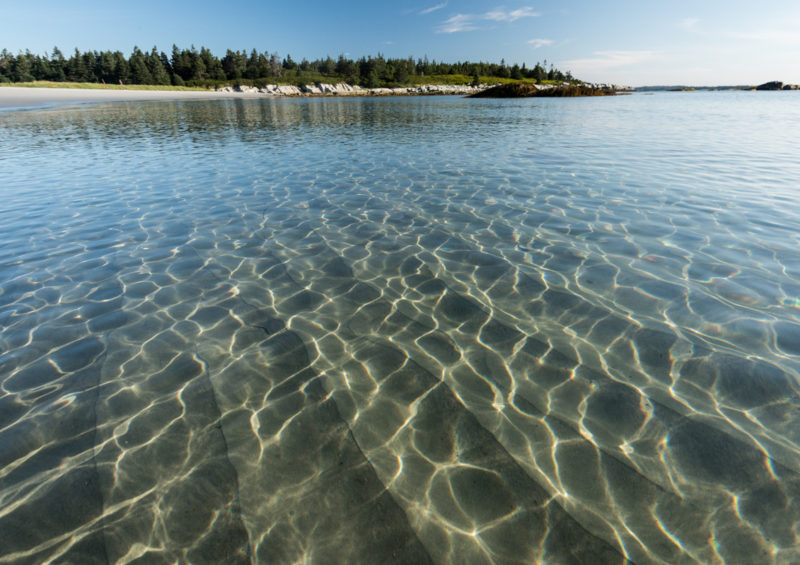
100 Wild Islands
The 100 Wild Islands are home to untouched white sand beaches and idyllic sheltered coves, dramatic, windswept headlands and rugged rocky shorelines.
The remote islands in this rugged archipelago can only be reached by paddling (kayak or canoe). Once there, Guardians will navigate through collapsed coastal forest and blowdown, as well as regenerating forest.
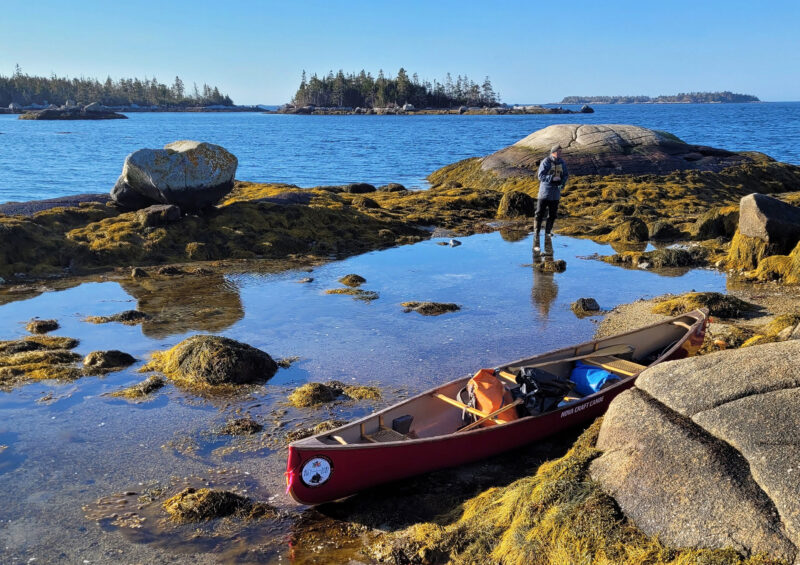
Canso Coastal Barrens
The coastline and islands in this area are characterized by dramatic granite bedrock barrens, softwood forest, and peatlands. This area supports an abundance of waterfowl, seabirds, and shorebirds.
Our conservation lands here can only be reached by paddling (kayak or canoe). Much of the forest is collapsed or heavily blown down, and the regenerating forest is very difficult to traverse. However, the stewardship needs are relatively low, once the islands are reached.
Cape Breton
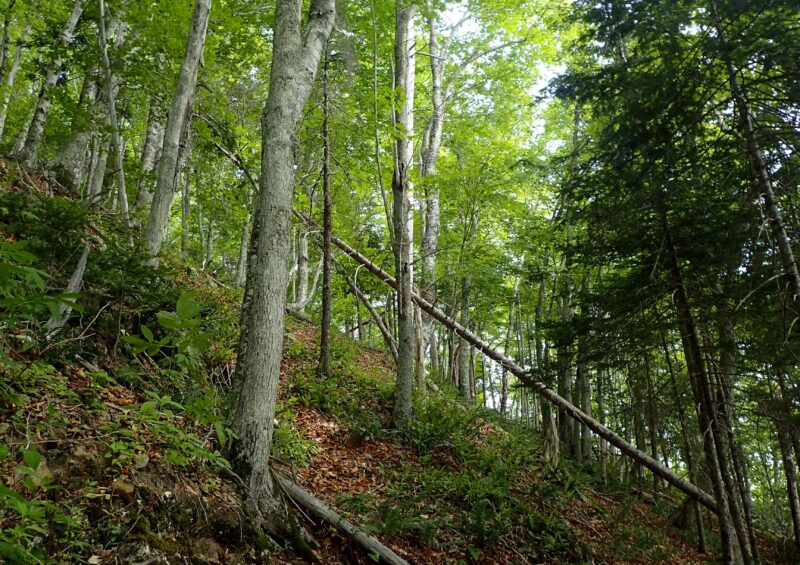
Lime Hill
Rising from the shores of the Bras d’Or in Cape Breton is a mountain landscape rich with thriving plant and animal life. Tracts of forest stretch from the base of North Mountain up the south-facing slopes to the plateau above.
The primary challenge in monitoring the Lime Hill properties in this area is the very steep elevation gain. Otherwise, the mature forest is reasonably easy to get through, and the property itself can be directly reached from the road.

Mabou Highlands
The Mabou Highlands conservation lands encompass nearly 3,000 acres of spectacular coastal wilderness stretching from the sea to the top of the mountains between Sight Point and south of MacKinnons Brook.
While some of these lands have hiking trails, we need Guardians who can go off-trail for monitoring. The properties have steep elevation gain and unreliable cell reception. Some can only be reached with a truck or SUV.
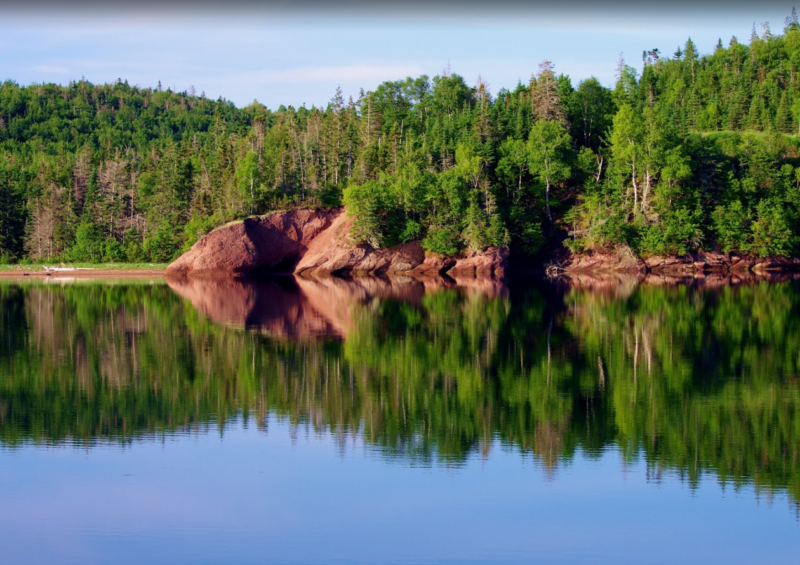
Maskells Harbour
Our protected lands in Maskells Harbour span nearly 460 acres of forest, rolling hills, and over three kilometres of Bras d’Or Lake shoreline.
The terrain here includes gypsum karst, a topography filled with sinkholes, ridges and ravines. The extensive shoreline is dominated by steep slopes and cliffs. Parts of the properties have trails, but some of the roads may be washed out. The hike can be long (although a truck or SUV can be used in places, shortening the task).
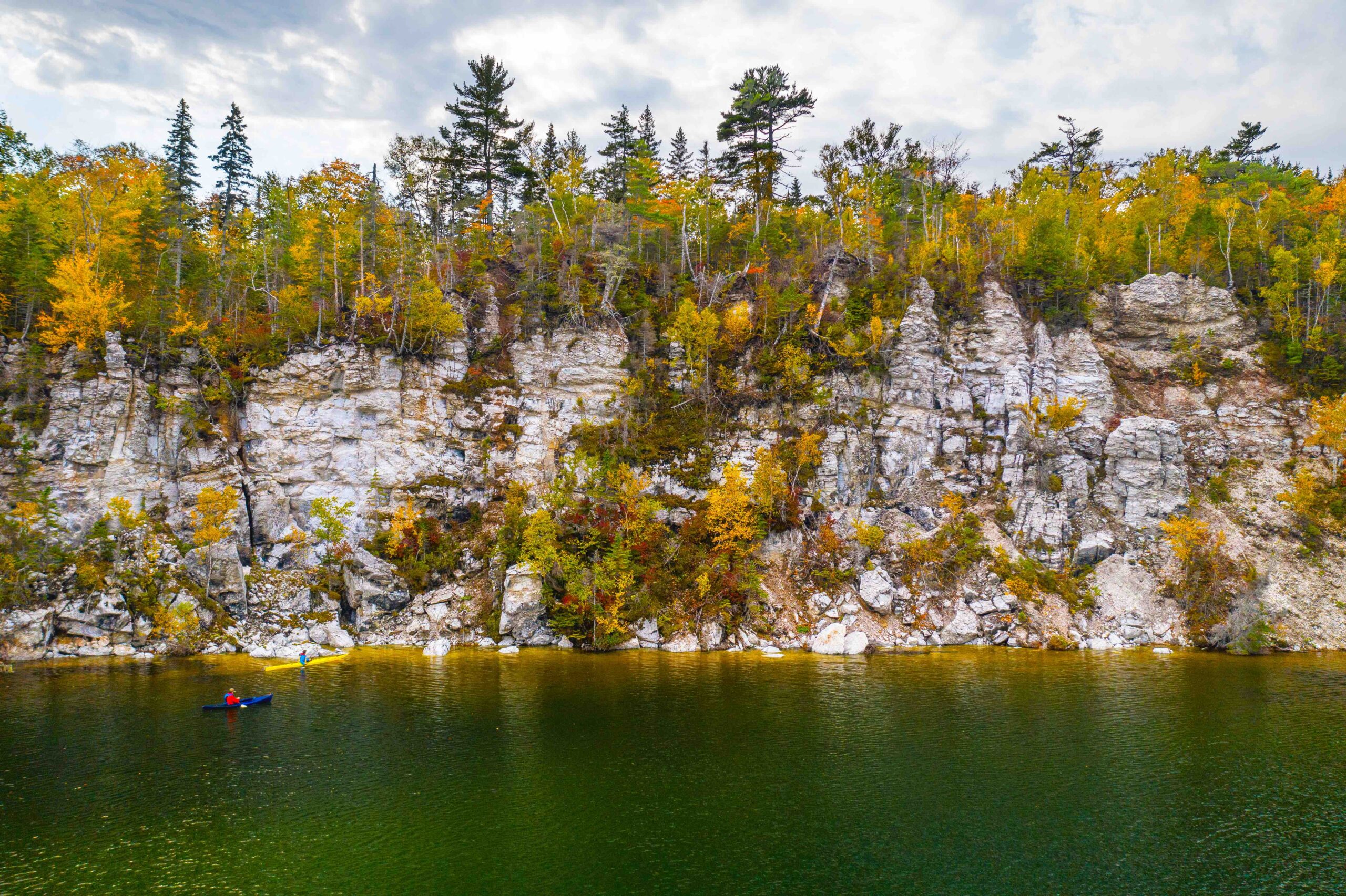
Plaister Cliffs
Our Plaister Cliffs lands are named for the “plaister,” or gypsum, that forms the basis for a globally rare, fragile, and fascinating karst landscape. It is a “highly three-dimensional landscape,” and its unusual features attract a specialized range of animal and plant life that rely on these characteristics to thrive.
The dramatic terrain presents a thrilling monitoring challenge, including sinkholes and other unpredictable features. We require Guardians here to go with at least one buddy.
Inland/Central Nova Scotia
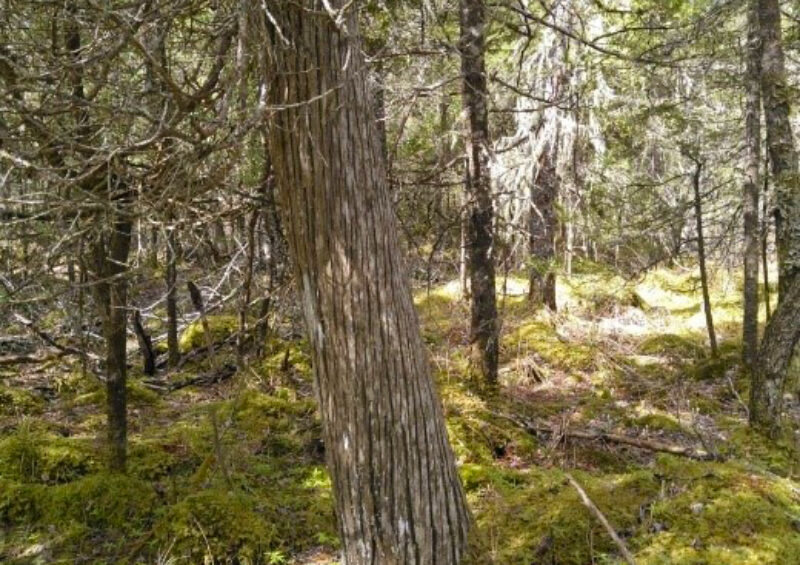
Gillfillan & Hectanooga
These lands are high conservation priorities because of the numerous at-risk plants that still thrive here, including Eastern White Cedar and numerous species of Atlantic Coastal Plain Flora.
The terrain here includes extensive swamp and forest, including areas of blowdown and regenerating forest. These lands can be accessed carefully with a car along rough gravel roads. There is no or poor cell reception.

Pu’tlaqne’katik
Our conservation lands throughout the Pleasant River watershed are home to a number of species at risk, including the endangered Blanding’s Turtle, threatened Eastern Ribbonsnake, and threatened Wrinkle Shingle Lichen.
These lands are generally forested wetland areas. Some of the lands can be reached by car on gravel roads, while others require extensive bushwhacking just to get to the property. They tend to have poor cell reception.
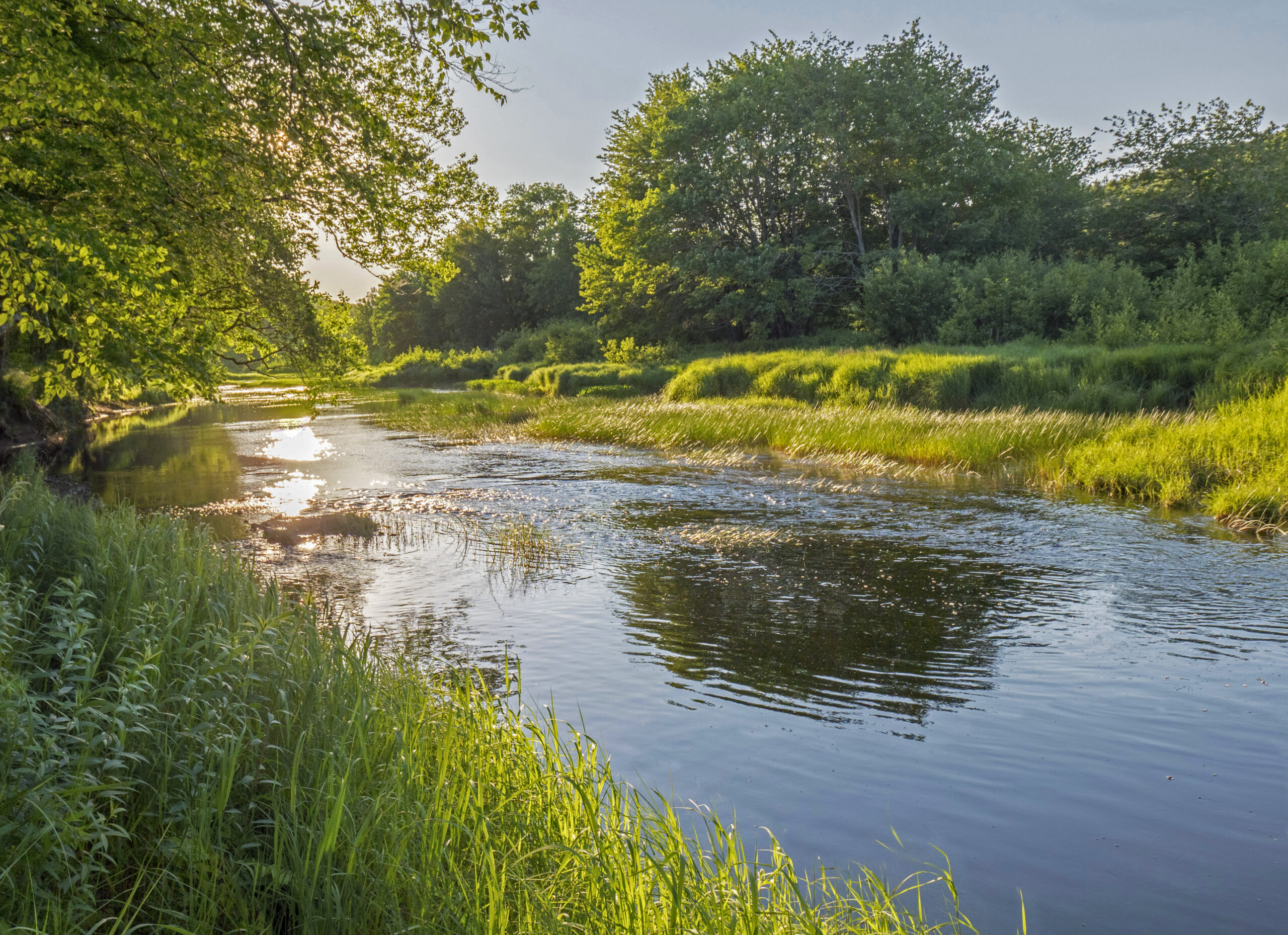
St. Mary's River
Home to some of the province’s last intact floodplain and hemlock forests, and a hotspot for biodiversity and endangered species, the St. Mary’s River has been a conservation focus for decades.
Our protected lands along the iconic St. Mary’s River include a number of forested, wetland areas, with large areas of alder swamp. Most properties are accessible right off the road. A few require wading the river or can be accessed by paddling, depending on time of year.
Your adventure is waiting.
Being a Wilderness Property Guardian is a chance to put your outdoor skills to good use and help protect nature at the same time. You will get to explore landscapes most Nova Scotians never get to see. And we need your help!
To find out more about becoming a Wilderness Property Guardian, please contact us at volunteer@nsnt.ca or call (902) 425-5263.




